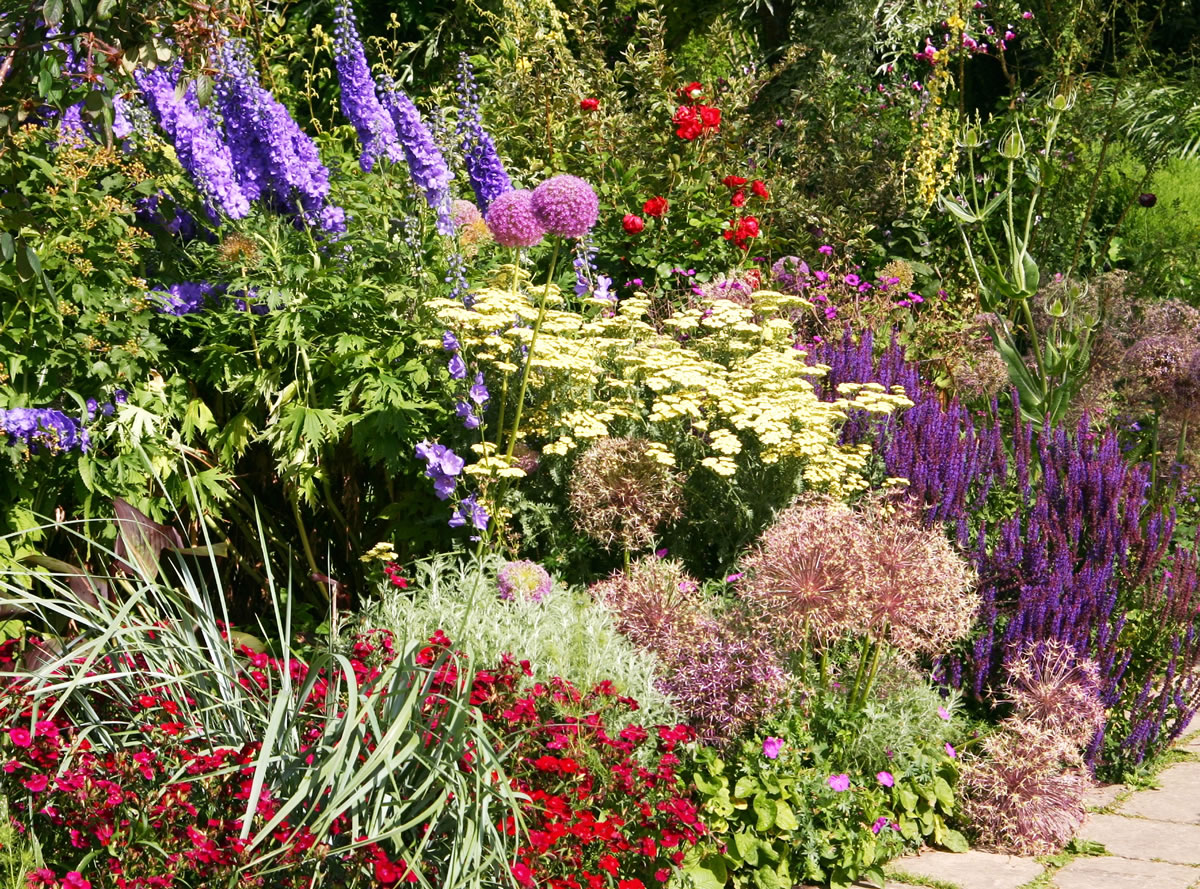You know you’re a gardener when the only thing you don’t have enough of in your life are plants. When someone mentions a trip to the nursery, does your energy level escalate? If you see a new plant in someone else’s garden, do you have to have it for your own? Being a gardener is just the first step to becoming a plant collector.
The variety of plants that thrive in our Southwest Washington gardens is just one reason we go crazy over new plants. The ever-expanding plant list offered by local retailers feeds that frenzy. The longer we garden, the more attuned we become to the subtle differences of plants, even those in the same family. A daisy lover learns to appreciate each variety for what it has to offer. Like a litter of new collie pups, each one reminds us of Lassie while displaying a unique personality and look all its own.
It’s a fact that many Pacific Northwest gardens are becoming known throughout the world of gardeners. Along with gardening enthusiasm, visitors notice our plant vigor and plant bounty. The nursery industry acknowledges our garden interest and fans the desire by producing more and better varieties of plants with longer bloom and more striking foliage.
For many years now, variegated foliage has been in fashion and if that variegation includes a hint of chartreuse or blue or mahogany, all the better. The family of huecheras, once limited to a selection of plum-colored leaves with distinctive veining, could now fill a 50-foot border. With names like Heuchera “Cathedral Window,” “Peach Flambé” and “Sweet Tea,” our interest piques before we even see the plant in a garden.



